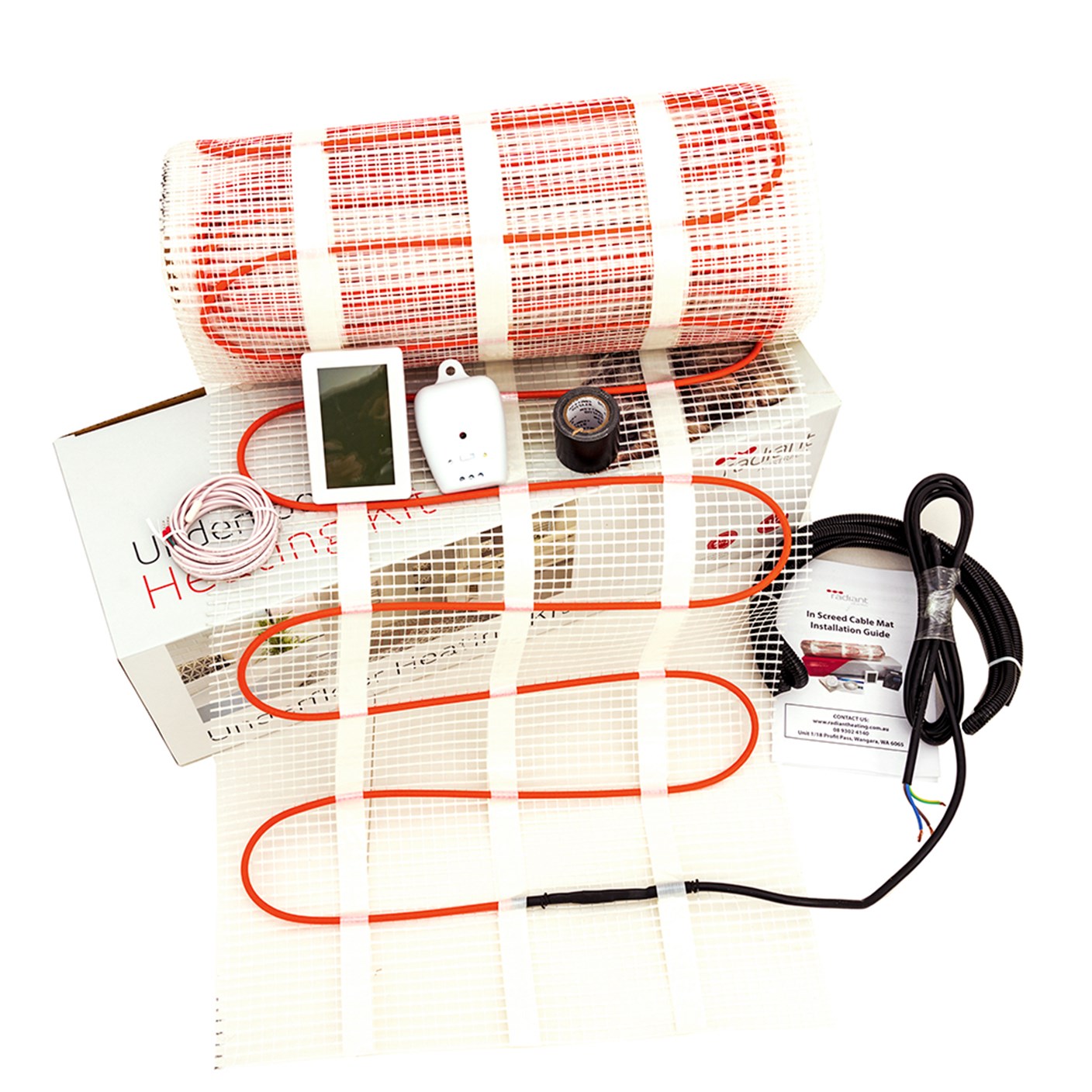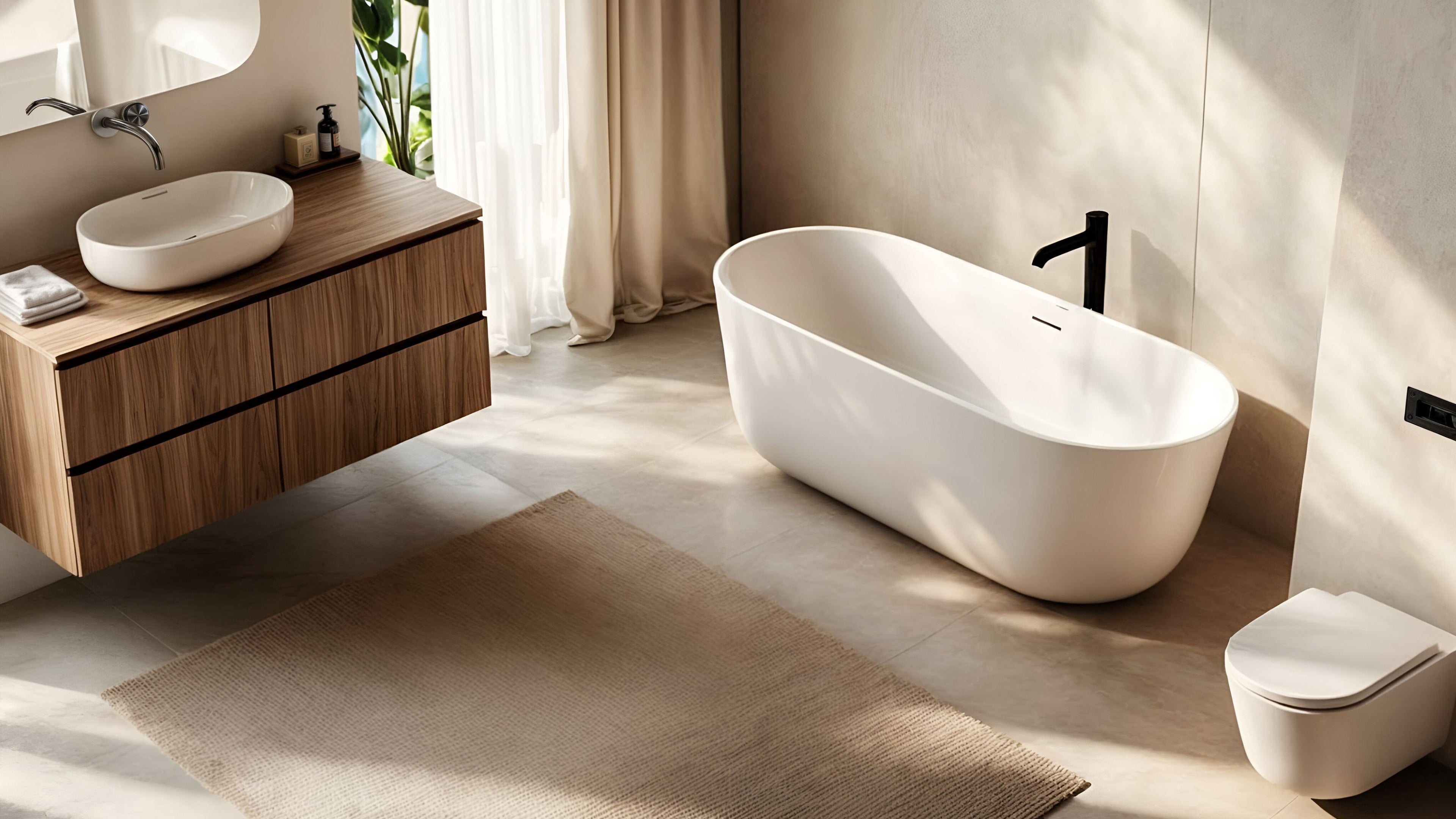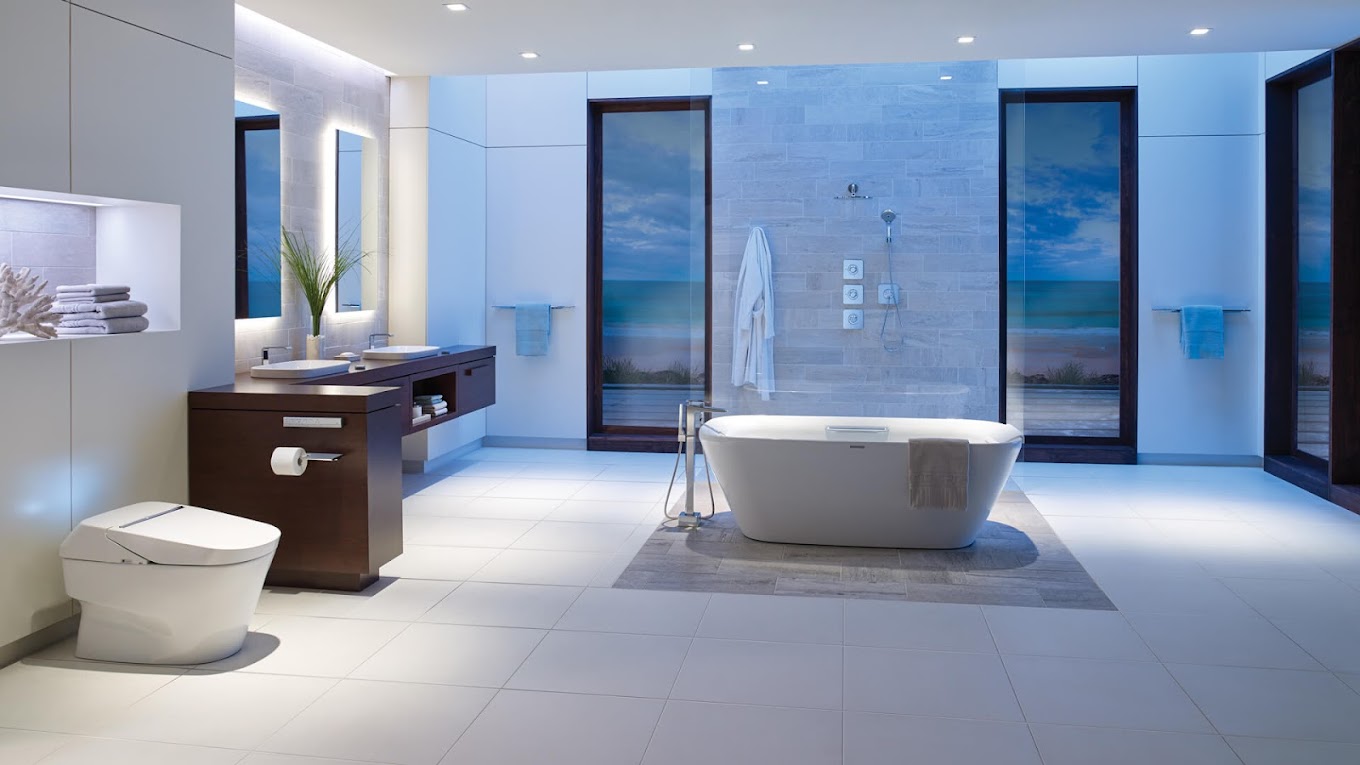Difference between In-screed and Under-tile Heating
Safe, relaxing, inviting, and warm are words that come to mind when we think of home. Putting your feet on a cold floor after slipping out of a cozy bed or sofa in winter is an intense shock. How can you avoid cold feet without installing carpets throughout your home? Underfloor heating might help.

Types of Underfloor Heating Systems
Underfloor heating systems come in two types: In-screed and Under-tile. Based on your needs, you can choose between the two types.
In-screed heating:
The heating wires are placed within the mesh and fixed clips within a layer of sand or gravel installed over the concrete slab (a screed). When renovating or remodeling existing flooring, underfloor heating of this type can be retrofitted on top. Depending on the application, the screed will typically be 20 mm to 50 mm thick, but it may be thinner or thicker.

Under-tile heating:
Under-tile heating is installed directly beneath the tiles. Tile glue is spread over the heating, tiles are laid on top, and under-tile heating is applied on top of the substrate. Floor heating sits in 6-8mm of tile glue, so it doesn't add height to your home.

Benefits of Underfloor Heating Systems
Underfloor heating systems have many benefits for homeowners and their occupants:
- Low Maintenance: It is infrequent for underfloor heating to require complex maintenance once it has been installed and fitted.
- Energy Efficient: Underfloor heating is more cost-effective and efficient than radiator heating. You will save on utility expenses and have lower electric bills.
- Room Remains Warm Longer: Heating is provided by the floor itself, which will remain in your home longer, reducing electricity consumption.
- Healthier and Hygienic: Heating and ventilation are separated by underfloor heating. As a result, dust and pollen problems are reduced. It poses no burn and injury risk. The heated floor speeds up the evaporation of puddles, which prevents slips and falls and bacteria from breeding on wet and moist surfaces.
- Warm the Home evenly and equally: Heat is evenly distributed inside the house with underfloor heating. Regardless of the weather, you can comfortably walk around your house with warm floors. Kids can run around barefoot and free. Underfloor heating warms even the bathroom floors.
- Save space and Non-Obtrusive: The interior and aesthetic of your home should not be overlooked. Underfloor heating systems save space and make your interiors more attractive. Space is created, and clutter is reduced.
- Increase the Home Resale Value: Well-equipped homes sell for more than those without heating and cooling systems. If you plan to sell your home, invest in underfloor heating.
- Fit with Most Floor Surface Types: Underfloor heating can be installed in existing homes. It can work with vinyl, wood, carpet, tiles, stone, and laminate floors.
- Controls the Temperature in Each Room: You can control the temperature with each room's thermostat. If a room is rarely used, you can turn off the heating. It reduces your electric usage. In addition, you can adjust the room's temperature to your preference.







